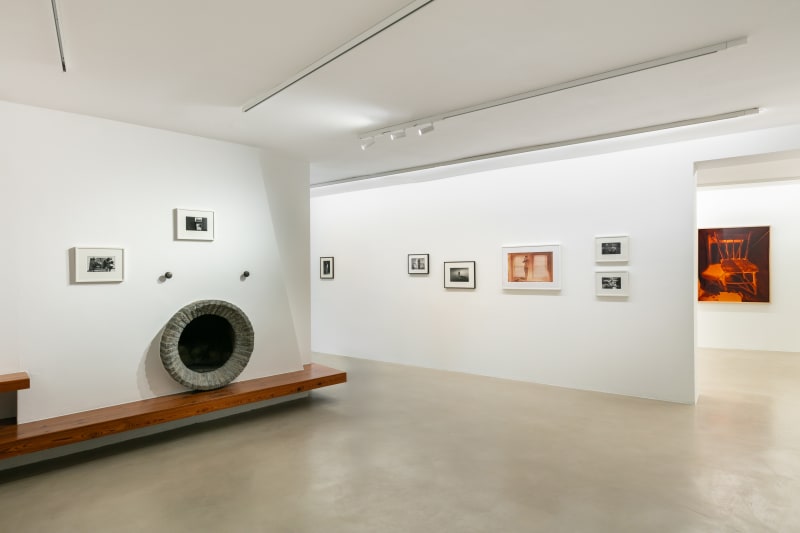Laurie Simmons & Jimmy DeSana: amigos, parceiros, cúmplices Laurie Simmons & Jimmy DeSana
From 1973 to 1978, Laurie Simmons and Jimmy DeSana shared a loft in SoHo, New York, divided by a door with windows on both sides, each space with its own darkroom. Despite their different conceptual approaches, the constant contact and daily exchanges influenced their work and ideas. “Jimmy taught me how to be a photographer, and I taught him how to be an artist,” Simmons reflects.
Simmons and DeSana moved in the same New York circles during the 1970s and 1980s, participating in a time of legendary effervescence in the visual arts. In downtown Manhattan, young artists, including Simmons, recycled and subverted images from the media and popular culture, rejecting traditional museum formats, especially in photography. This group of artists became known as the Pictures Generation, of which Simmons was a vital part. DeSana was active in the irreverent post-punk scene - he floated through the dynamic nightlife with his ever present camera, exploring queer culture and the exploding New Wave and No Wave artists and musicians. His photographs from this time provided context to the creative energy that ran as an undercurrent to New York City and captured the importance of challenging gender norms.
Fundamental issues of sexuality and gender stereotypes marked both artists’ trajectories during a period of profound social transformation in the United States as the HIV/AIDS epidemic, largely ignored by the government, spread across the country. “It’s hard to watch people dying at the same time that the art market is booming. This has been a decade of death glossed over with media hype,” DeSana lamented in 1985. He died a few years later, at the age of forty, from AIDS-related causes.
Within Simmons and DeSana’s photographic approach, each visual element is meticulously controlled. Using everyday objects such as chairs, televisions, furniture, sinks, and bathtubs, they destabilize conventional representations of domestic spaces. While Simmons explores dolls and miniature sets, DeSana experiments with the human body – often distorted or subjugated. A sense of strangeness permeates the images, with surprising juxtapositions that defy expectations. In terms of form, their compositions of lines and colors find balance in the least expected places. Yet, beyond aesthetics, social responsibility and political activism are the connecting pillars between the two artists.
Laurie Simmons & Jimmy DeSana: amigos, parceiros, cúmplices is the largest duo exhibition to date of Simmons and DeSana’s highly influential work.
– Nessia L. Pope
Thanks to Isaac Alpert, Cobi Krieger, Danielle Bartholomew, Mary Simpson, Katie Ross, Feather Blass, Anna Carolina Israel, and Olympia Sonnier.

